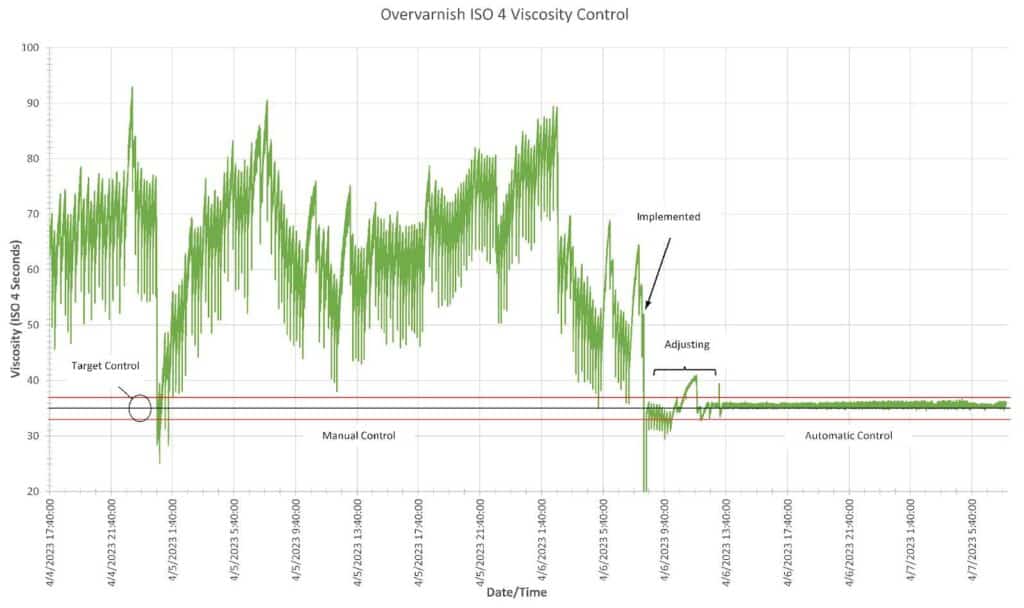Viscosity Variations: Why It Matters in Your Industrial Coating Process
It’s Probably Not the Material Supplier’s Fault
Let’s say that you work in industrial coating.
Your job every day is to make sure that a certain number of parts are properly coated, meet
acceptability standards and get shipped out of the shop.
For the sake of argument, let’s also say that you have all the newest spray guns, recirculation
lines, pumps, ovens, and other necessary parts to make your finishing process run as smoothly
as possible. You have the right primers and topcoats.
Your material supplier advises you to keep the temperature and viscosity within a specific range
in order to get the finish you desire.
So, you’re all set. Off you go.
But something goes wrong.
Instead of clean finishes, you start to see inconsistencies and paint defects like sags, pinholes,
and orange peel.
That can’t be right. You’ve got all the new equipment. You did everything you were supposed to do.
So, the next most logical conclusion is that it must be the supplier’s fault. They must have sold you a bad batch!
You call to inform them.
“Well, what viscosity are you spraying at?” They ask. “Are you keeping it within the range we advised?”
Too Much Variation
Your process has an operator that likely checks viscosity once per hour using a Zahn #2 cup.
They go out, dip the cup, take a measurement, and then write it down. But if their perceived measurement is even fractionally different from the next operator’s, that’s a problem. That’s why the manual measurement method predictably creates compounding issues over time.
During a manual viscosity measurement, your operator may see that the viscosity has gotten too high and try to correct it by adding solvent to the day tank. An hour or two later, he may come back and add more.
But that doesn’t account for the fact that your process was still spraying paint to parts while your operator measured viscosity, made adjustments, and then left for an hour. Naturally, when he returns, it will look like further adjustments are needed. That cycle could repeat indefinitely.
The bottom line is that, if there are wild swings in viscosity, there will be inconsistencies in the quality of your finish – especially paint-related defects. It’s just a matter of how severe they are.

What Keeping Viscosity Within the Set Control Limits Can Do
Same hypothetical day, different scenario:
You decide to automate the viscosity measurement and control part of your finishing process.
You install an in-line VTS viscometer that measures the viscosity and temperature of the paint in real time, around the clock.
Instead of doing guesswork based on once-per-hour snapshots of viscosity, you can see where a process’ viscosity is registering at any moment of any given shift.
You also install a controller that is receiving information from the viscometer. The controller, signaling to two different valves, can instantaneously add solvent to thin the paint or add more paint if you need to increase viscosity.
You set your parameters for viscosity in the optimal range your material supplier advised, and an automated system will keep it tightly within those limits without exception (see the graph above).
Now your coating is performing the way your supplier advertised.
The root cause of the issue has been identified. Instead of clunky guesswork and tedium, you have improved first-pass yield, eliminated defects and rework, higher quality finish, reduced labor costs, and improved productivity.
Viscosity control is the best way to make good fluid dispensing processes better – and easier for your entire team.


